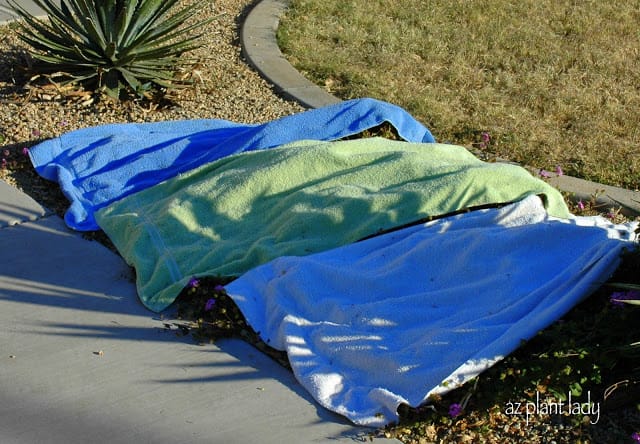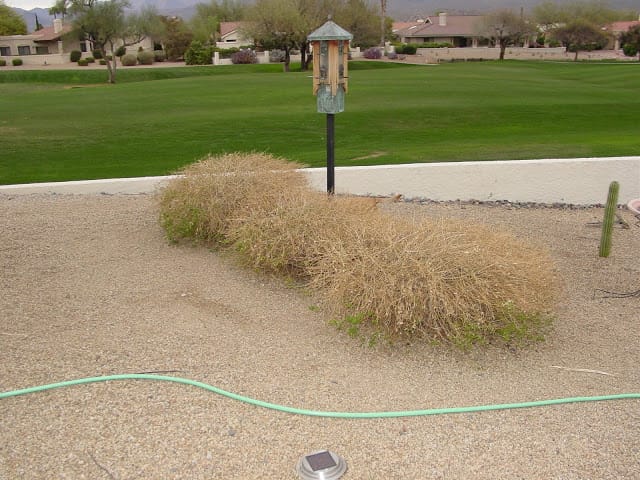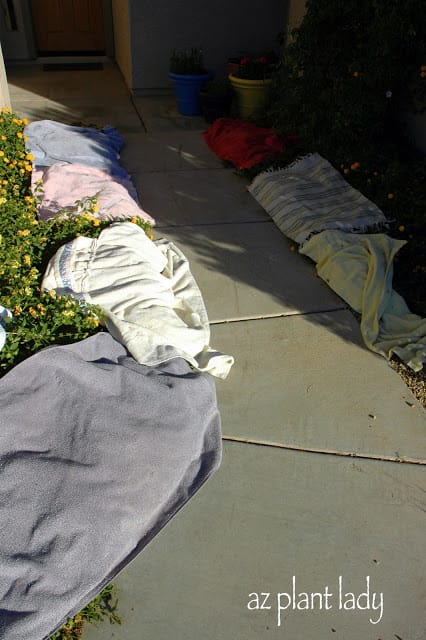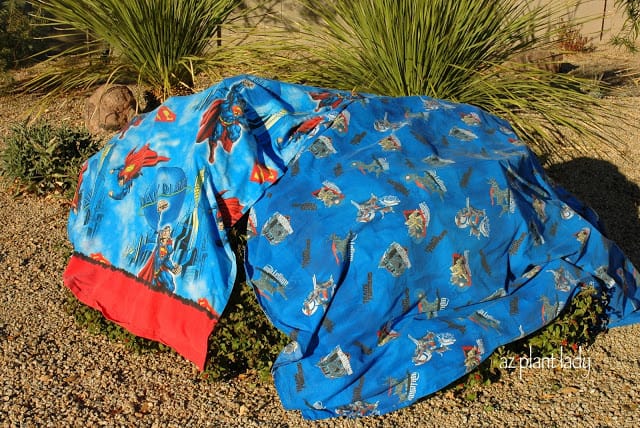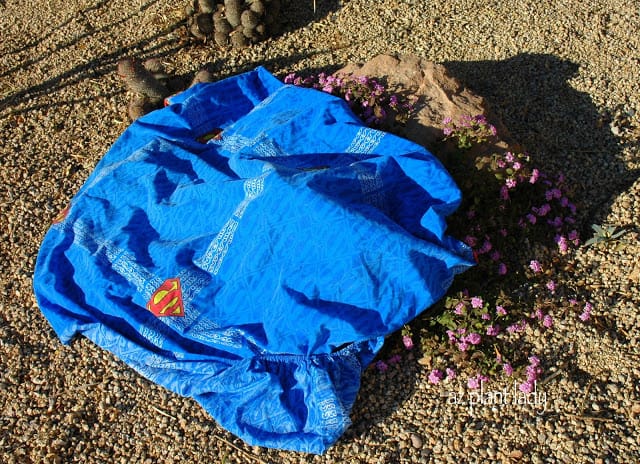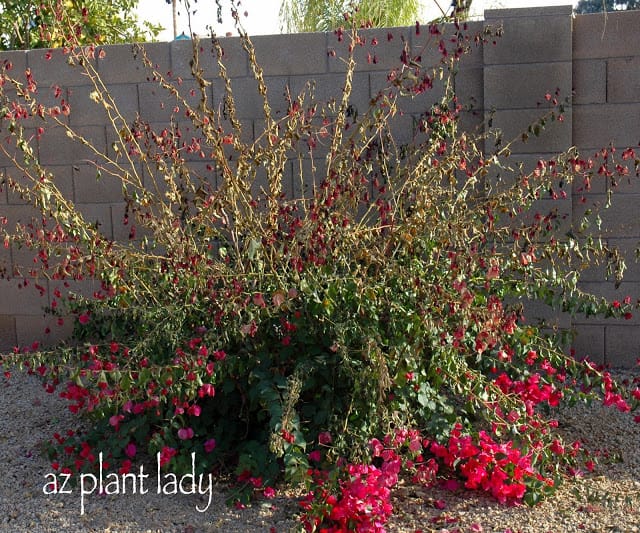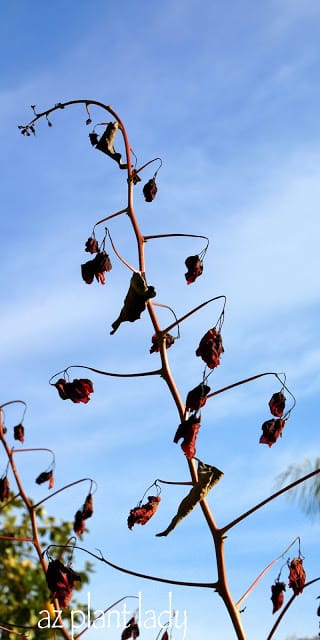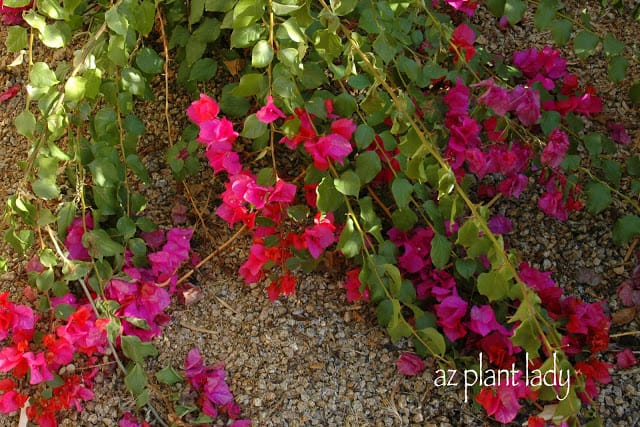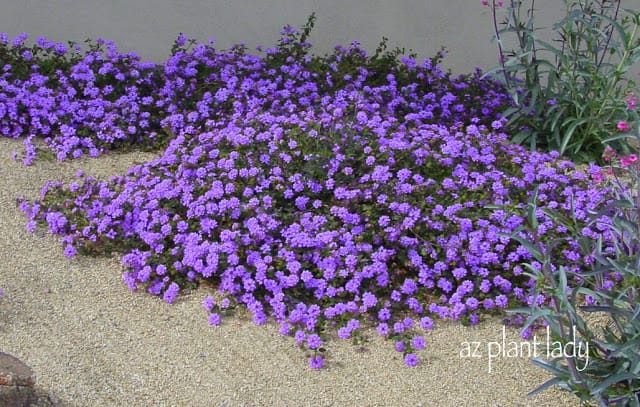Unfortunately, there are times when unwelcome visitors make a visit to any garden.
Even mine….
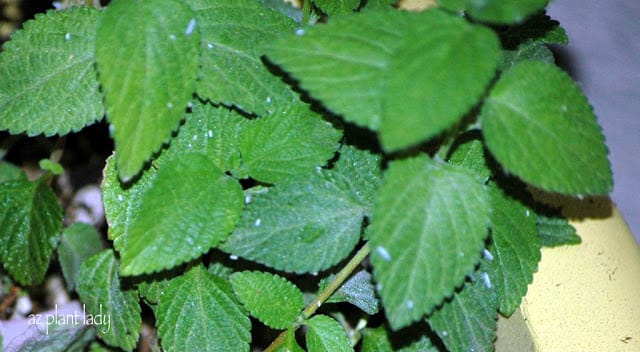
Can you see my unwelcome visitors on my Lantana leaves?
Well, if you guessed that I have whiteflies, you would be right.
Whiteflies absolutely love Lantana. Now, I also love Lantana and have quite a bit of it growing and every year, I get whiteflies.
Whiteflies are soft-bodied insects that are related to aphids and scale. They suck the juices from the plant’s leaves, which can lead to yellowing leaves, stunted growth and even dead leaves.
Whiteflies are not particular. They enjoy many different types of plants and vegetables.
So, how can you tell if you have whiteflies? Just lightly brush your plants and if you see tiny, white flying insects, then it is a good guess that you have whiteflies.
So, what can you do if you have them?
1. You can a ‘sticky trap’ by smearing petroleum jelly over bright, yellow colored cardboard or poster board (you can always color the board yellow yourself). Attach the yellow sticky trap to short garden stakes throughout the area in your garden, affected by whiteflies. They are attracted to the color yellow and will become stuck in the petroleum jelly. One yellow board per two plants is recommended.
2. Using insecticidal soap can often help. There are other insecticides that can are effective such as neem oil, pyrethins and more. Read the label before you purchase a product to see if they help to control whiteflies. Be sure to spray both the top and bottom of leaves, since whiteflies lay their eggs on the underside of leaves.
3. You can use plants that repel whiteflies such as Marigolds, Nasturtiums or Calendula.
What do I do? Well that would be number 4…..
4. I do nothing.
Why? Because my Lantana flourish despite having whiteflies. They suffer no visible ill-effects. So, I ignore the whiteflies.
Now, if had whitefly problems with my vegetables, I would use a combination of methods #1 – #3 in my vegetable garden.
I would have yellow, sticky traps scattered throughout my vegetable garden along with judicious spraying of insecticidal soap. I would also plant Marigolds and Nasturtiums throughout my vegetable garden as well, (I already do that).
***********************************
I wish that whiteflies were the only unwelcome visitors in my garden, but sadly, that is not true. The other day, I discovered a severe infestation of……..?
Stay tuned 😉









